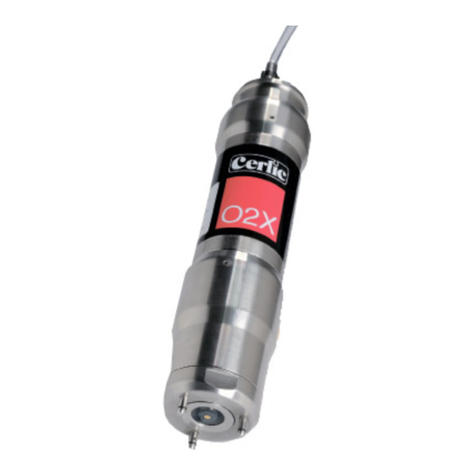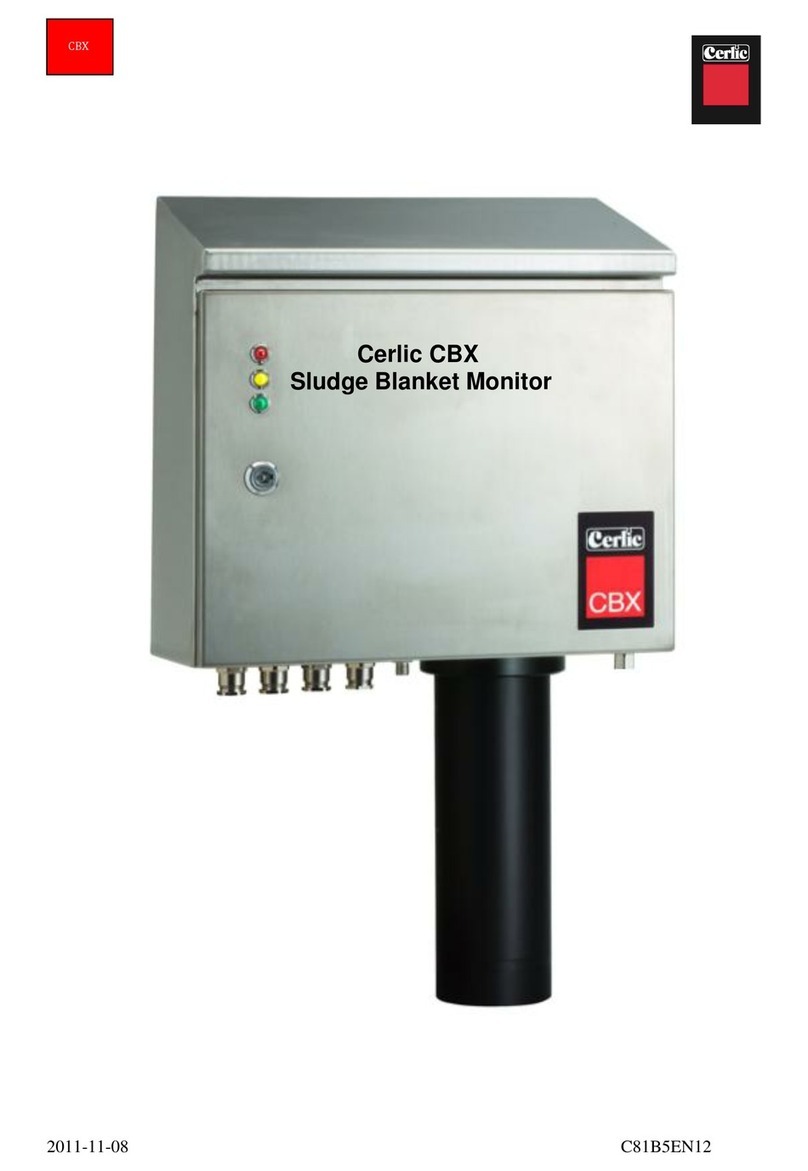
fghj
Index
INDEX....................................................................................................................................................................2
1. GENERAL INFORMATION .....................................................................................................................4
SECURITY INFORMATION................................................................................................................................................. 4
DESCRIPTION OF THE FUNCTION.................................................................................................................................... 4
WORKING PRINCIPLE ....................................................................................................................................................... 4
SENSOR BODY .................................................................................................................................................................... 4
2. INSTALLATION.........................................................................................................................................5
Unpacking............................................................................................................................................................................ 5
Damages............................................................................................................................................................................... 5
Packing.................................................................................................................................................................................. 5
Content.................................................................................................................................................................................. 5
3. STARTING UP ...........................................................................................................................................5
Mechanical installation................................................................................................................................................. 6
Water connections........................................................................................................................................................... 7
Electrical connection...................................................................................................................................................... 7
Sludge rake guard limit switch, Trigger................................................................................................................ 7
USER INTERFACE .............................................................................................................................................................. 8
DESCRIPTION OF IMPORTANT DISTANCES WHEN INSTALLING CBX ........................................................................ 8
Home position, A............................................................................................................................................................... 9
Blind zone, B ....................................................................................................................................................................... 9
Max depth, C ....................................................................................................................................................................... 9
Sludge level, D .................................................................................................................................................................... 9
Measured range, E ........................................................................................................................................................... 9
Raker, F ................................................................................................................................................................................. 9
Fluff, G.................................................................................................................................................................................... 9
INSTALLATION,SOFTWARE............................................................................................................................................. 9
Configuration mode ........................................................................................................................................................ 9
Parameters.......................................................................................................................................................................... 9
Advanced settings (Defaults)....................................................................................................................................10
CBX MODE.......................................................................................................................................................................11
Rake interval ....................................................................................................................................................................11
Normal setting.................................................................................................................................................................11
Save and exit.....................................................................................................................................................................12
OPERATION ..................................................................................................................................................... 12
EMERGENCY RETRACTION OF THE CABLE...................................................................................................................12
LED INDICATION ............................................................................................................................................................ 12
BB1/BB2 MENU FOR CBX........................................................................................................................................... 13
Settings................................................................................................................................................................................13
CBX Setup...........................................................................................................................................................................14
Calibration.........................................................................................................................................................................14
Cleaning..............................................................................................................................................................................15
Scale / Alarm....................................................................................................................................................................15
System..................................................................................................................................................................................15
Timer....................................................................................................................................................................................15
INFORMATION DISPLAY ............................................................................................................................. 16
CALIBRATION ..................................................................................................................................................................16
Calibration of sensor.....................................................................................................................................................16






























